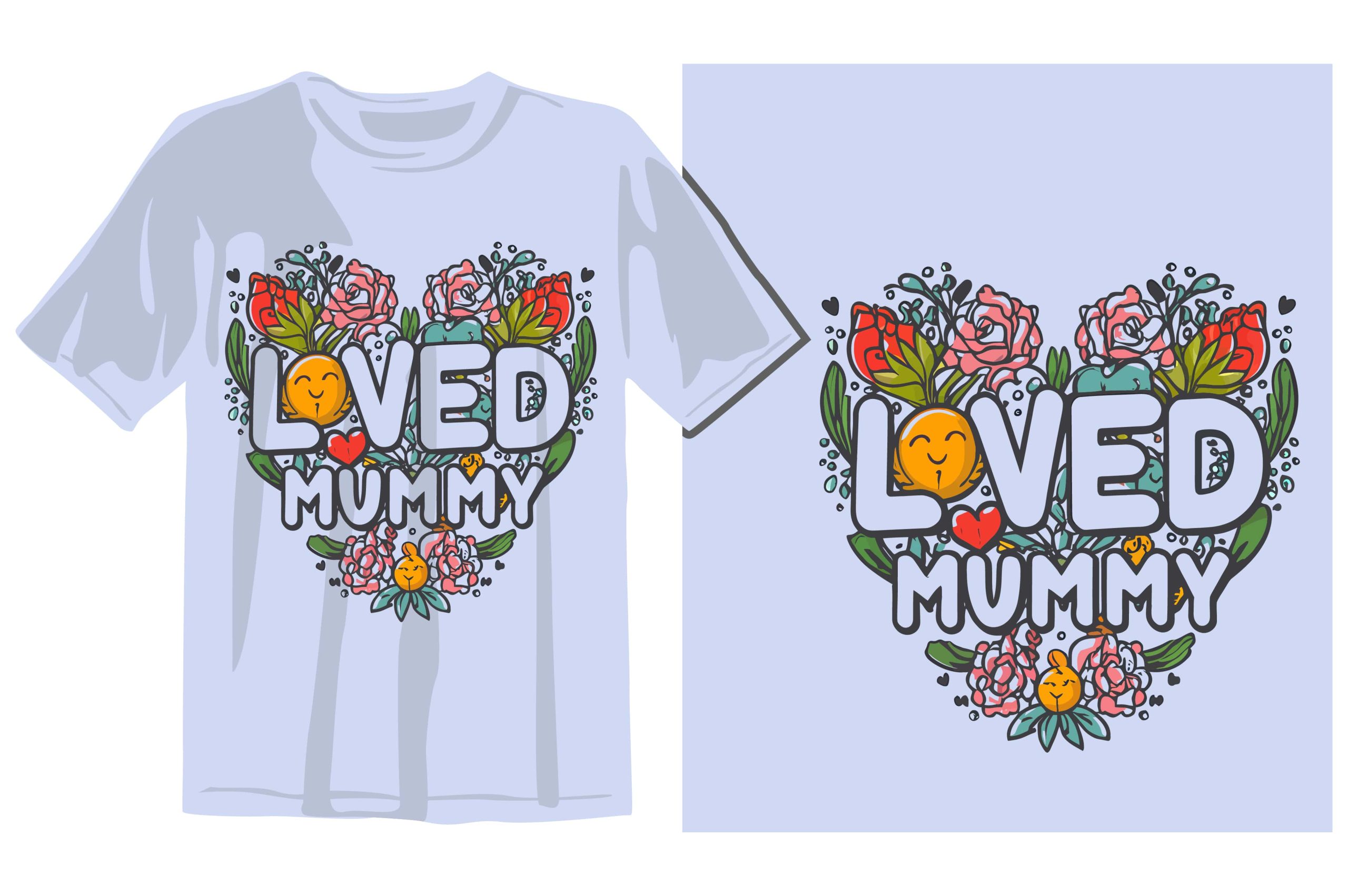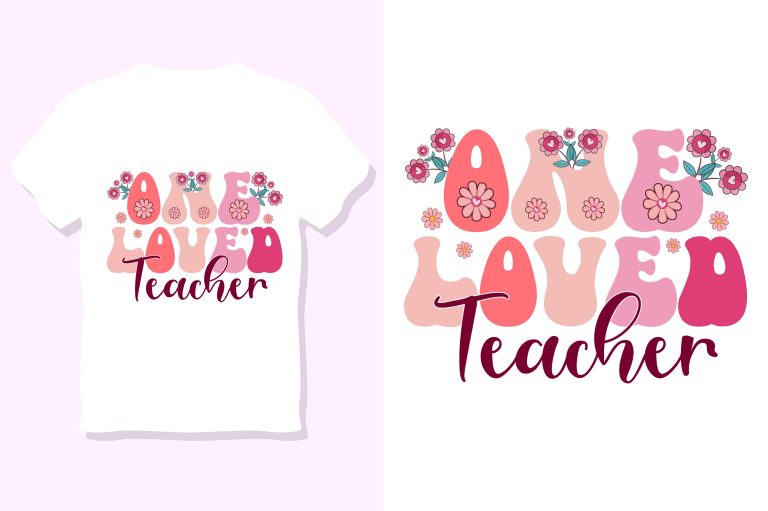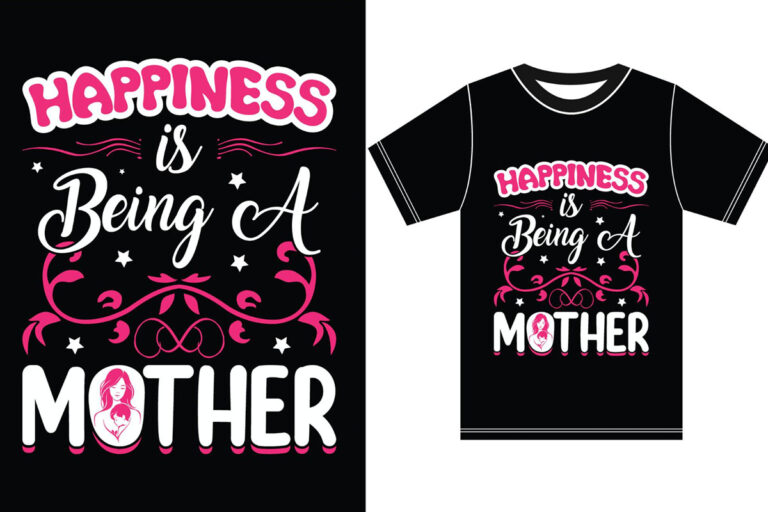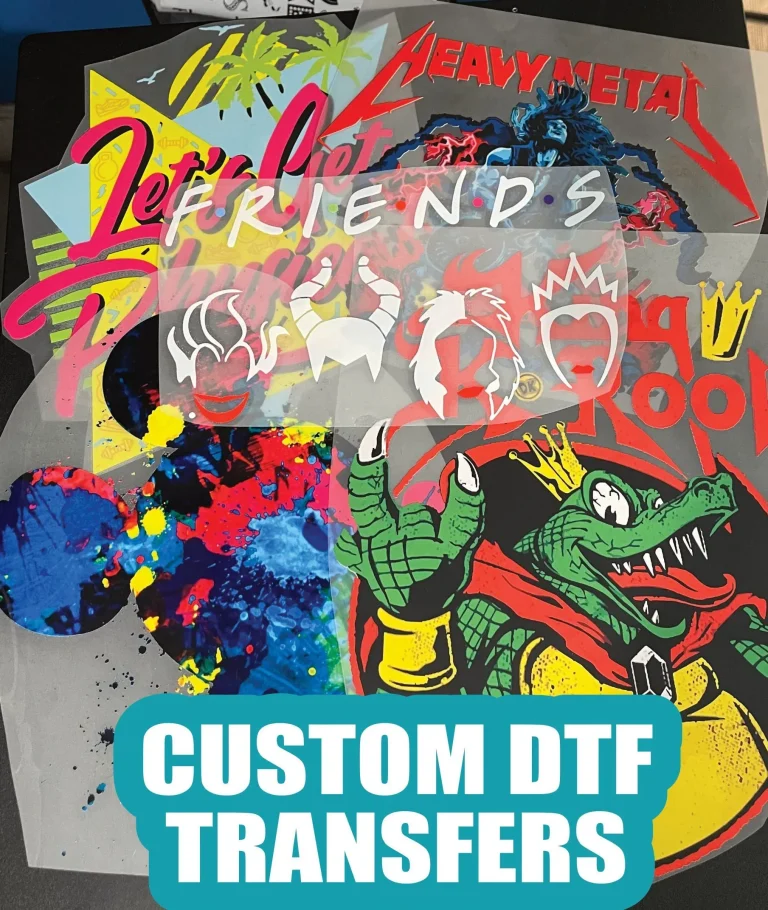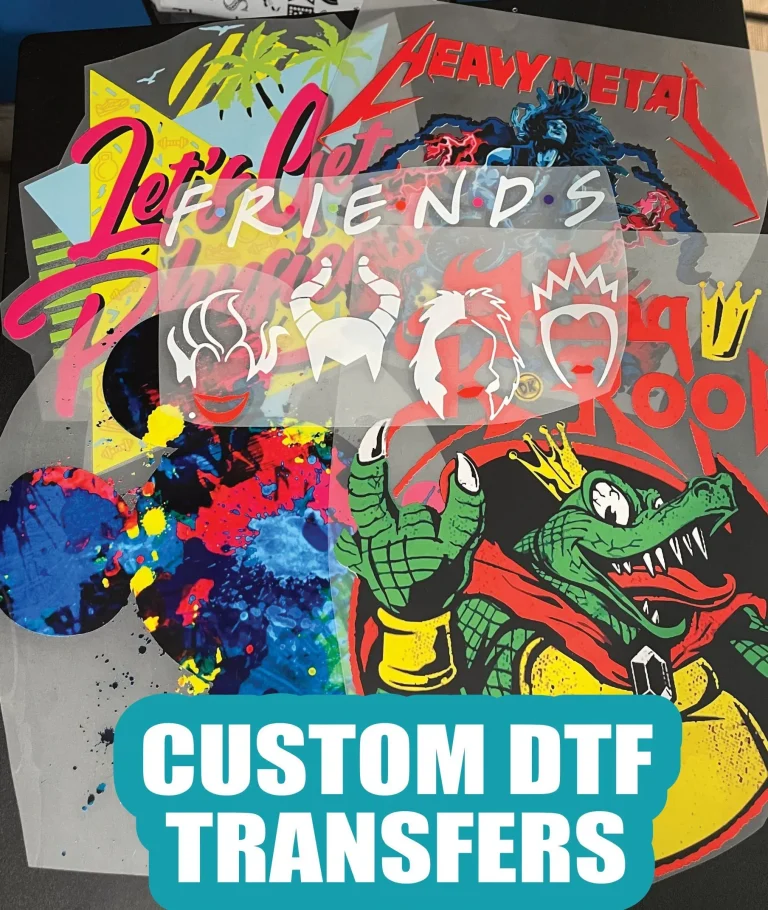DTF Transfers, or Direct to Film Transfers, have transformed the landscape of fabric printing with their innovative approach to design application. This printing technique allows creatives to produce stunning, high-quality images that can adorn a variety of fabric types, from t-shirts to accessories. By utilizing DTF transfer designs, artists can seamlessly merge artistic expression with practical fabric printing techniques, resulting in products that are both visually striking and durable. Whether you’re a novice exploring how to create designs with DTF technology or a seasoned professional looking to enhance your offerings, DTF transfers present a world of opportunities. Join us as we uncover the step-by-step journey to mastering this exciting method of heat transfer printing.
In the realm of fabric decoration, the use of Direct to Film printing has gained significant traction for its efficiency and versatility. This modern approach not only simplifies the process of applying intricate designs but also ensures vivid color reproduction across a broad spectrum of textiles. Known for their durability and longevity, these innovative transfer techniques allow creators to experiment with diverse design concepts and styles. As we delve deeper into the world of these heat transfer solutions, you’ll discover how easy it is to elevate your fabric printing projects, making them stand out in a competitive market. Let’s explore the endless possibilities that come with employing this cutting-edge printing technology.
The Versatile World of DTF Transfers
DTF Transfers stand out as a revolutionary technique in the fabric printing industry, particularly due to their remarkable versatility. Unlike traditional methods that may be limited to specific fabric types, DTF transfers can be applied to cotton, polyester, blends, and even unusual materials like natural fibers. This incredible adaptability means that whether you’re looking to create apparel for personal projects or custom designs for clients, DTF transfers open up a world of creative potential.
In addition to being compatible with a variety of fabrics, DTF printing also supports intricate designs that may be difficult to reproduce using other techniques. The process allows for the vibrant color reproduction essential for detailed artwork. As a result, whether you’re working on a graphic tee bursting with color or a unique fabric piece, DTF transfers can help you achieve your artistic vision effortlessly.
Creating Stunning DTF Transfer Designs
Creating designs for DTF transfers begins with selecting the right tools. Design software like Adobe Illustrator or CorelDRAW is highly recommended for crafting detailed artwork. Attention to detail is crucial; your design should be set to at least 300 DPI to ensure that your final product is sharp and clear. Additionally, the color selection plays a vital role; colors should be chosen thoughtfully, as some shades may not print as vividly on certain fabrics.
Another essential aspect of design creation is ensuring that any text is legible and appropriately placed. When designing for DTF transfers, consider how the finished piece will look from a distance and up close. Utilize high-contrast colors and avoid overly intricate patterns that may lose definition during the printing process. By focusing on clarity and vibrancy, you can significantly elevate the quality of your DTF designs.
The Printing Process for DTF Transfers
Once the design is finalized, moving onto the printing phase is crucial. Utilizing a quality DTF printer is essential to achieving the best results. It’s beneficial to use premium DTF transfer films that are formulated for high-resolution output. When preparing to print, remember to reverse your design; this is a common oversight that can lead to disappointing results. Printing in reverse ensures that your design appears correctly when applied to the fabric.
Moreover, the choice of inks plays a significant role in the final appearance of your transfer. High-quality inks not only enhance color vibrancy but also improve the durability of the prints. After printing, the application of adhesive is critical, as it ensures that the design adheres well to the fabric during the transfer process. Getting the printing process right can remarkably impact the overall success of your DTF transfer project.
Applying Adhesives in DTF Transfers
The application of adhesives is one of the most critical steps in the DTF transfer process. Once your design is printed, the adhesive must be applied immediately while the ink is still wet. This ensures that the adhesive bonds effectively with the ink, forming a strong hold when transferred to the fabric. The type of adhesive used can influence the durability and washability of the final product, making it crucial to choose high-quality powders designed specifically for DTF prints.
Equally important is the heat setting process after adhesive application. A consistent heat press setting — usually around 320°F for about 20 seconds — is recommended to ensure that the glue activates properly. This step creates an enduring bond between the transfer and the fabric, allowing for vibrant and long-lasting designs. Skipping or rushing this part can result in peeling or fading, leading to unsatisfactory outcomes.
Mastering the Transfer Technique
The transfer phase is where the magic happens, transforming your meticulously crafted design from film to fabric. Proper alignment of the DTF film onto the fabric is imperative; misaligning the transfer can ruin the overall look of your final product. Ensuring that everything is perfectly positioned before applying heat can save time and materials, allowing you to focus on artistry rather than corrections.
When it comes to applying heat and pressure, using a heat press will yield the best results. The heat press should maintain uniform temperature and pressure to achieve even bonding across the surface of the fabric. After the transfer, allowing the design to cool before peeling off the film is crucial to maintaining the integrity of the print. A cool-down period prevents the adhesion from breaking and ensures that the colors remain vibrant and exact.
Staying Ahead in DTF Printing Trends
As the realm of DTF transfers continues to innovate, staying updated with current trends and technologies can significantly enhance your output. More suppliers have begun providing DTF materials, making it easier for businesses and even hobbyists to access quality materials for their projects. With the recent surge in the popularity of DTF transfers, understanding market dynamics can give you a competitive edge.
Additionally, technological advancements in DTF printing equipment are consistently being made, which includes better printers and improved ink formulations. New printer models promise enhanced color accuracy, speed, and efficiency, which not only streamline the printing process but also enhance the overall quality of your designs. Engaging with professional networks, webinars, and workshops can present valuable insights into how to leverage these advancements effectively.
Frequently Asked Questions
What are DTF transfers and how do they differ from traditional fabric printing techniques?
DTF transfers, or Direct to Film transfers, are a modern fabric printing technique that involves printing designs onto a special film before transferring them onto various fabrics using heat. Unlike traditional methods, DTF allows for vibrant colors and intricate details, making it ideal for custom apparel.
How can I create designs with DTF transfers that stand out?
To create eye-catching designs with DTF transfers, start by using high-resolution graphic design software to craft your artwork, select bold, vibrant colors, and ensure that your design is well-optimized for fabric printing. Following best practices in DTF will lead to stunning results.
What materials do I need to use for DTF transfer printing?
For effective DTF transfer printing, you will need a high-quality DTF printer, specific DTF transfer film, and compatible inks. You will also require a heat press for the transfer process and powdered adhesive to ensure strong adherence to the fabric.
What fabrics are suitable for DTF transfer designs?
DTF transfers are versatile and can be applied to a wide range of fabrics, including cotton, polyester, and blends. This adaptability makes DTF printing a popular choice for apparel decorators looking to enhance their fabric designs.
How durable are DTF transfer prints compared to other printing methods?
DTF transfer prints are known for their durability, as they resist fading and cracking even after multiple washes. This longevity in design quality makes DTF a reliable choice for long-lasting fabric printing.
Where can I find resources to learn more about DTF transfer printing?
You can find various resources online, including blogs, YouTube tutorials, and workshops focused on DTF transfer printing techniques. These platforms offer valuable insights and tips to help refine your skills and enhance your DTF designs.
| Step | Description | |
|---|---|---|
| 1. Design Creation | Craft your design using graphic software, ensuring high resolution and vibrant colors. | |
| 2. Printing the Design | Print your design onto DTF transfer film using a high-quality printer, in reverse. | |
| 3. Applying the Adhesive | Apply powdered adhesive while the ink is wet, then heat set it to ensure a strong bond. | |
| 4. Transfer Process | Align the film on fabric and apply heat and pressure to transfer the design. | |
| 5. Final Touches | A second heat press and wash test are recommended to enhance design durability. | |
Summary
DTF Transfers are revolutionizing the fabric printing landscape, combining creativity with cutting-edge technology to produce stunning, vibrant designs. By following the outlined steps—including design creation, printing, adhesive application, and the transfer process—you can unlock the full potential of DTF transfers in your projects. This innovative method not only offers versatility across various fabrics but also ensures durability, making it a preferred choice for many fabric artists and professionals alike.

